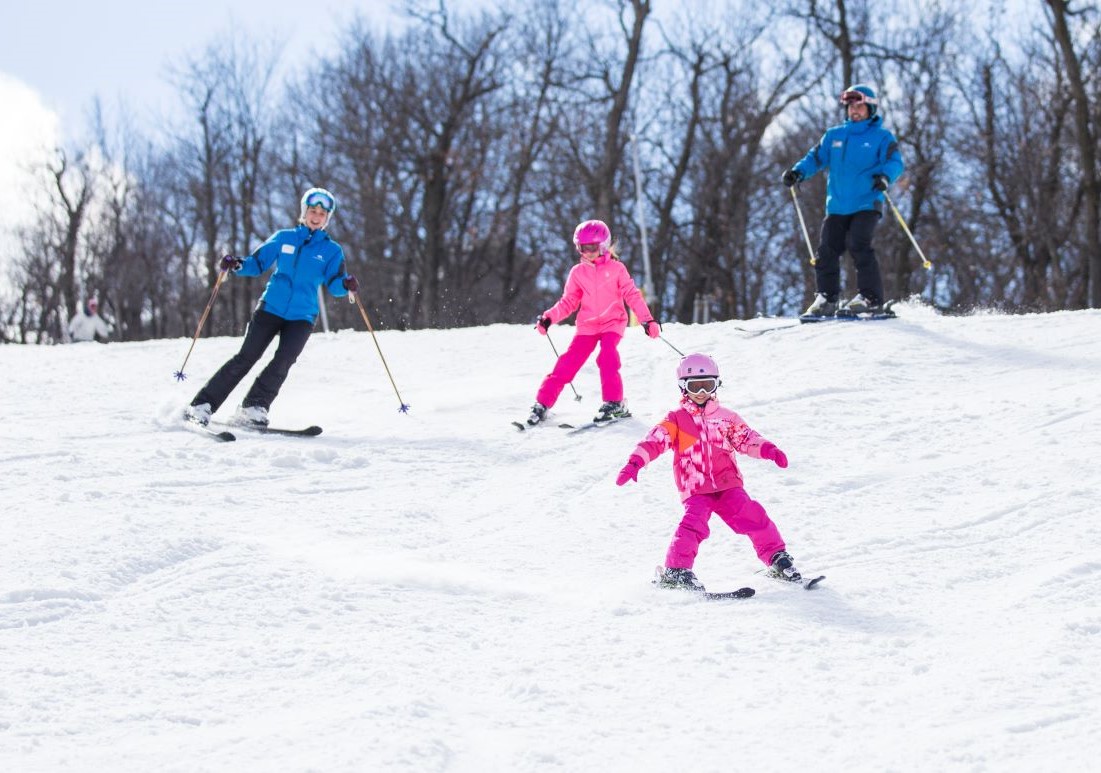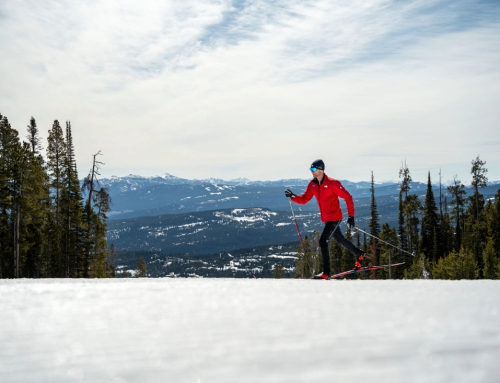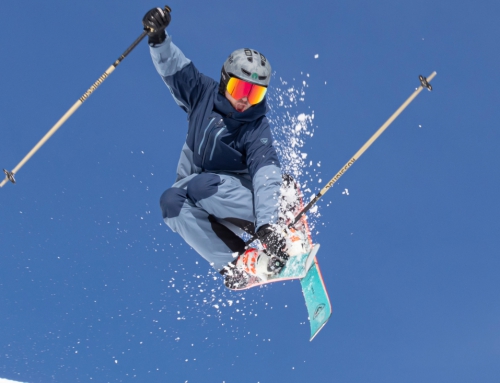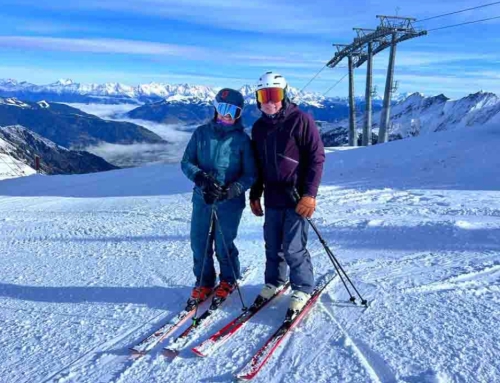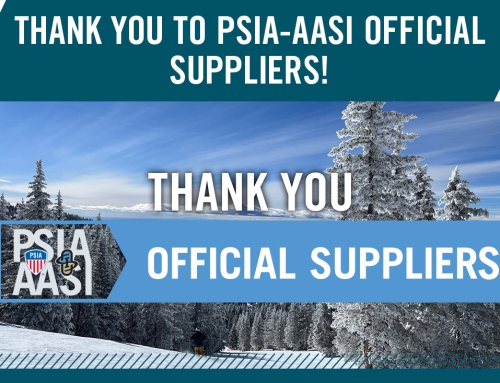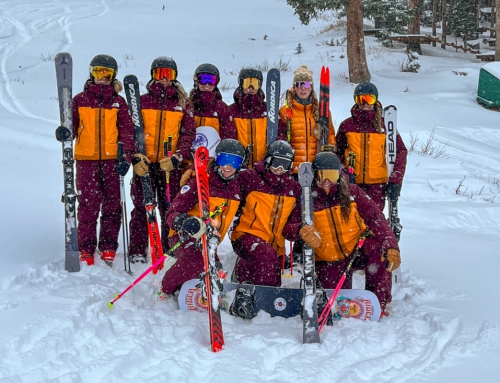32 Degrees: Take Heed of Two Trends Regarding Lessons
This article by Dave Belin originally appeared in the Spring 2023 issue of 32 Degrees.
Ski resorts had a record year in 2021-22, largely buoyed by strong season pass sales and continued interest in outdoor recreation following the Covid-19 pandemic. However, underneath the overall level of success in recording nearly 60.7 skier visits two intersecting trends are impacting ski and ride schools: a decline in the number of students in snowsports lessons and evolving guest expectations when it comes to instruction (and the resort experience overall).
This pair of related patterns presents a challenge and, of course, an opportunity for snowsports professionals to adapt and grow. How snowsports schools and individual instructors react to these trends will play a significant factor in the future of snowsports instruction.
Decline in Lessons
Over the past decade, the average number of students in lessons at U.S. ski areas has fallen by 40%, according to the Kottke End of Season and National Demographic report commissioned each year by the National Ski Areas Association. This decline is observed for both child and adult lessons and across various geographic regions of the country. The long-term future of snowsports could be threatened because the current level of overall participation might not be sustainable if the pipeline of new skiers and riders isn’t being filled.
The downward slide in lesson numbers has both a demand component and a supply component.
- Demand: The demand for lessons has been trending downwards, in part because the overall skiing and snowboarding customer base has been evolving toward a higher ability-level guest. Another component of the decline is the shift in customer preferences toward private lessons over group lessons. Demand might also be down because of the increasing cost of lessons.
- Supply: During the Covid-19 pandemic, most schools made adjustments, like eliminating certain programs, limiting the number of students in group lessons, and/or pivoting toward private lessons. Additionally, understaffing of instructors (mirroring shortages in other ski area departments and the U.S. labor force in general) restricted the number of lessons that schools could teach. These shifts in programs, products, and staffing have abated somewhat, but the effects on lesson supply linger.
Evolving Guest Expectations
Another trend, which may be directly or tangentially related to the drop in lesson participation, is evolving customer preferences for instruction and learning. To get students back into lessons, or to keep current students returning for additional lessons, it’s instructive to consider some of these trends in customer preferences.
- Customization: Many lesson takers are demanding a greater level of individualization and customization in their lessons. This can include everything from guests who desire variable lesson start and end times, or family privates with both adults and children in the lesson to flexibility in terrain choices or other ways to customize the lesson offering. For snowsports instructors, it’s more important than ever to be flexible and provide a customized experience for our students.
- Digital Technology: Students, especially younger guests, want to transact and communicate on their phones. Not every resort is set up with the technology to book a lesson on a mobile site or app, but having tools that allow the guest to notify the ski school if they are running late, or want to add a friend to the lesson at the last minute, or extend the lesson by an hour from the chairlift would be welcome improvements for our guests.
- Communication: As instructors, we want to know as much as possible about our students before the lesson starts — their age, their level, and their goals. What if the student had the same information about their instructor — how long you’ve been teaching, your certifications, and your favorite ski run. Consider ways to provide this information to your students ahead of time, which might reduce anxiety and improve customer service.
- Welcoming and Belonging: Learning a new skill can be intimidating, especially if you don’t see anyone else on the mountain who looks like you (something PSIA-AASI is addressing with, among other things, the Women of Winter scholarship program). Ski resorts are behind the curve when it comes to racial diversity, so making the learning environment as welcoming as possible — to all historically marginalized communities — should be a high priority for snowsports professionals.
While lesson participation is down nationally, the opportunity exists to meet guest expectations and to reverse the decline in lesson numbers. As instructors, being flexible, creative, and welcoming is in our nature, and the current environment presents a great opportunity to apply those traits to the evolving expectations of our clients.
Dave Belin is chief financial officer for New Jersey-based SNOW Partners. He previously was director of consulting services for Boulder-based RRC Associates, which produces the annual Kottke End of Season and National Demographic report for the National Ski Areas Association. He is also a PSIA-certified Level II alpine instructor at Eldora, in Colorado.

